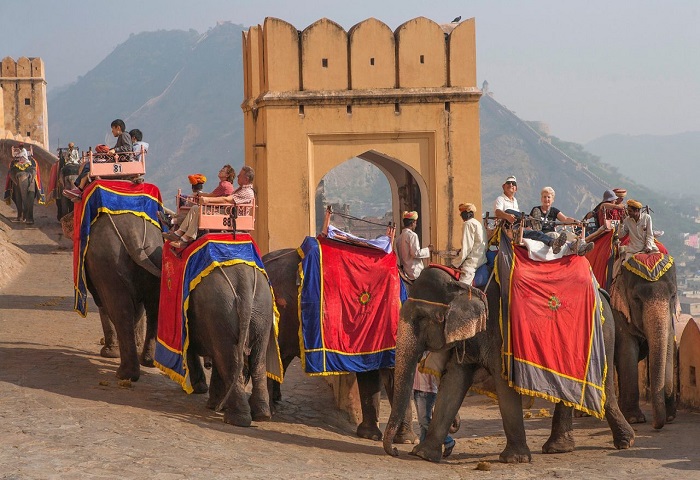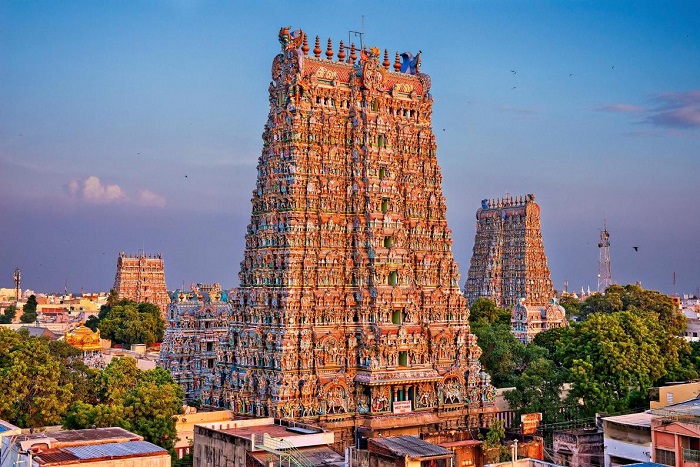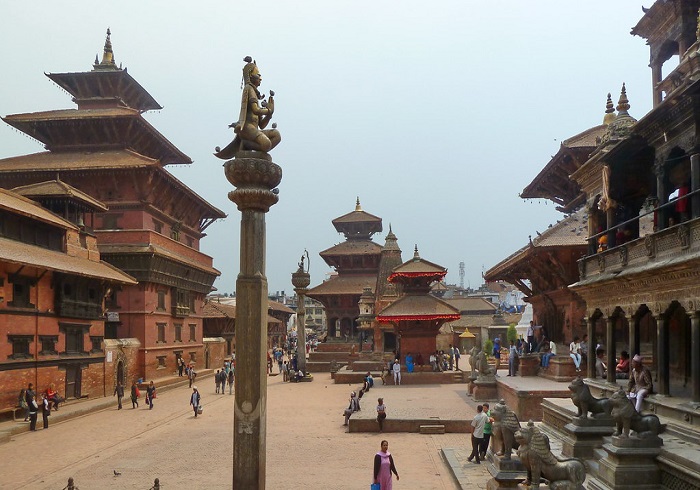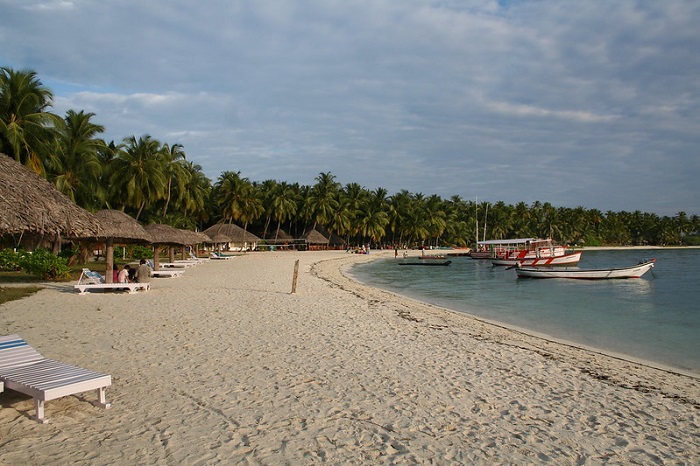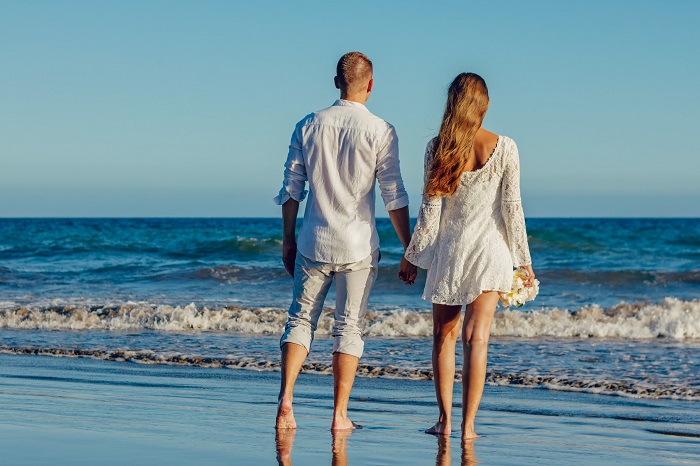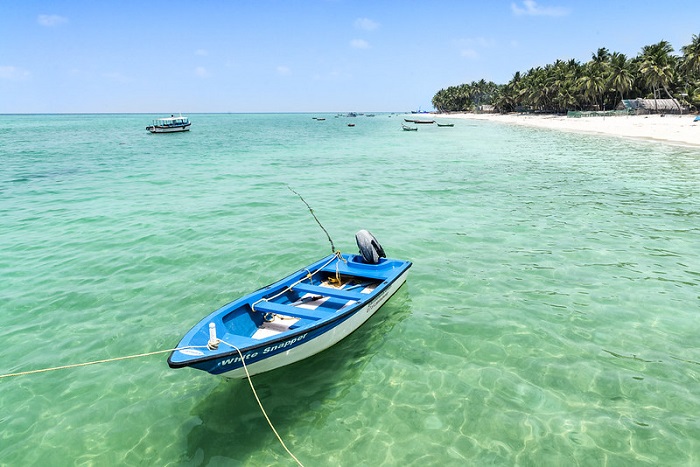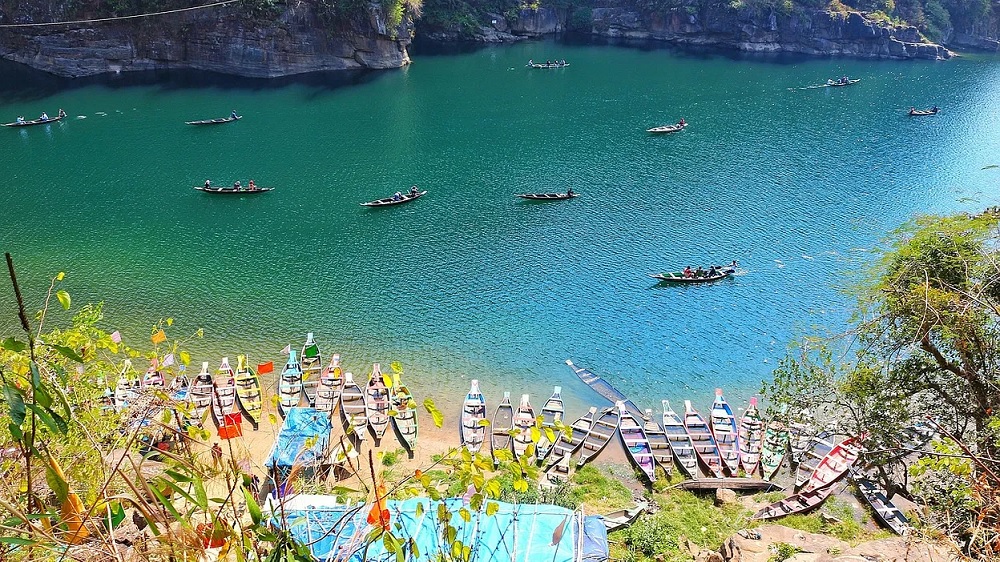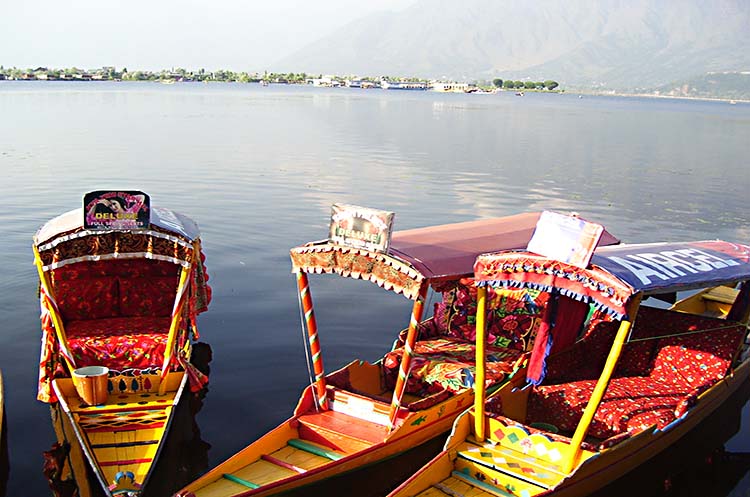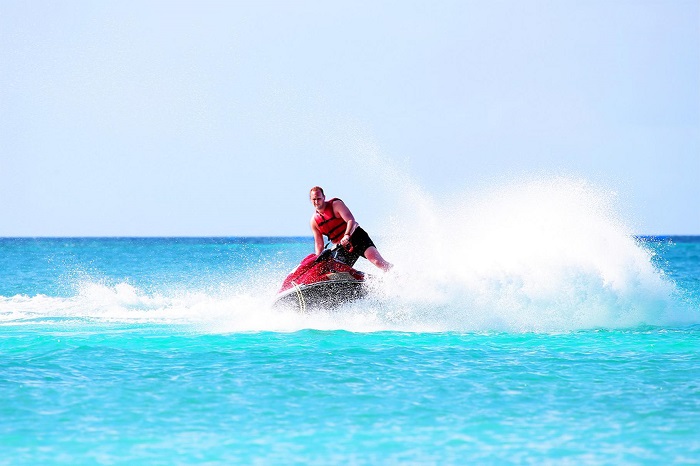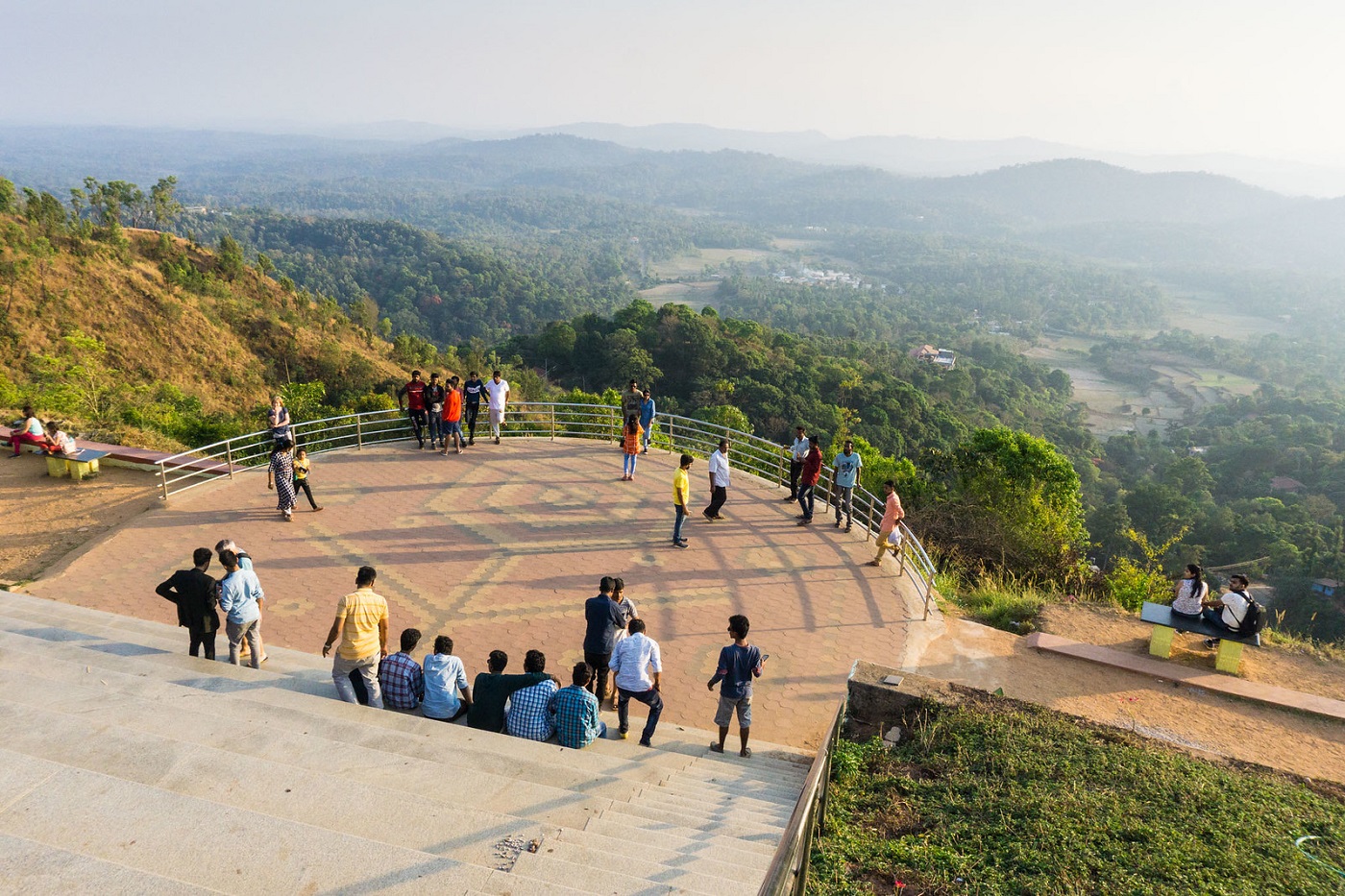Holi Festival Information & Guide in India
Holi is celebrated in many parts of the country as the festival of colors. It is the spring festival of Indian subcontinent and it has spread to the surrounding nations like Nepal too. This festival denotes the arrival of spring after the harsh winter and mythological, it indicates the victory of good over evil.
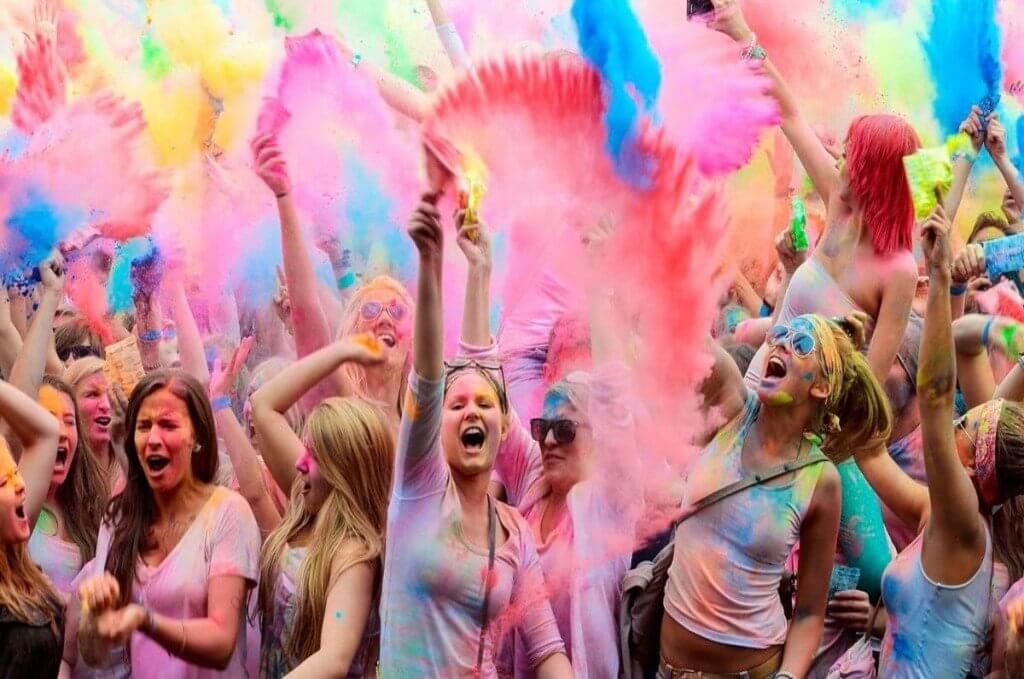
In 2023, the Holi festival will be celebrated from March 7th to March 8th.
Read on: Why India is the ultimate destination For cultural Holidays
Why We Celebrate Holi Around India
This ancient celebration was once called as Holika. This festival has been expressed deeply and colorfully in many literature and religious scriptures. The festival was brought into existence by Aryans of India and was spread to the eastern part of the country. Holi was celebrated even in BC. A stone inscription of 300 BC mentions a similar festival with the name Holikotsav. According to historic Islamic inscriptions found in India, Holikotsav was celebrated by Muslims too.
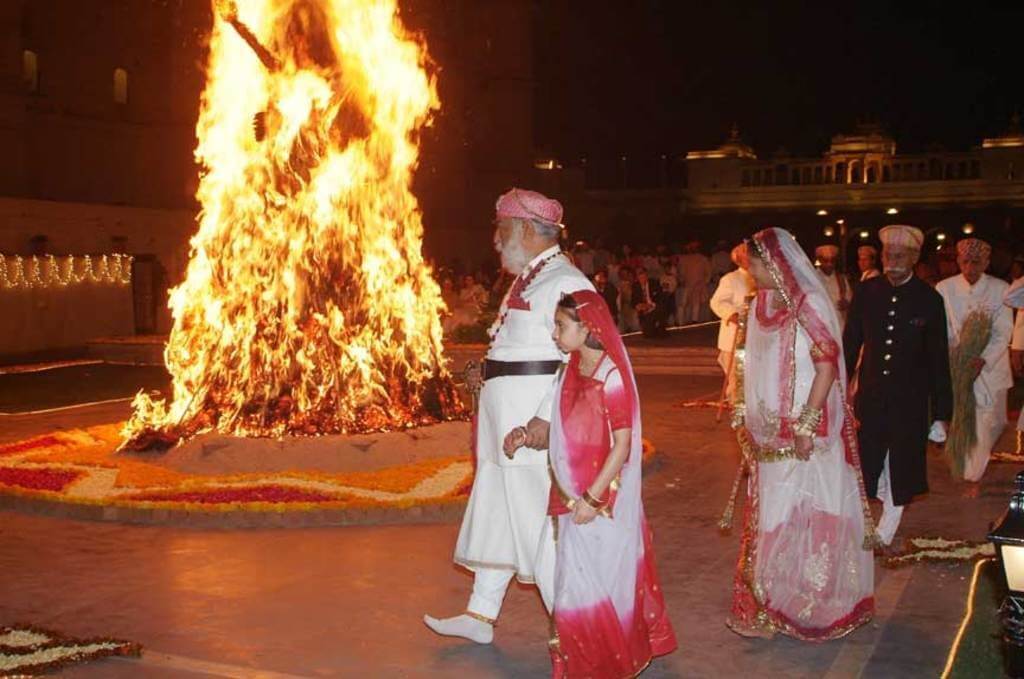
Bengal and Orissa
According to legends in Bengal, Orissa and surrounding regions, the Holi is celebrated as the birth anniversary of Shree Chaitanya Mahaprabhu.
Also Read : Best Places to Celebrate Holi in India 2023 – The Color Fight
Reason Behind Holika Dahan & Celebration in North India
The celebration of Holi in north region of India is linked with the death of demon king, Hiranyakashyap by Lord Vishnu in the form of lion-man. Hiranyakashyap gained a boon that he would not be killed by animal, human or, during morning or night, neither in his house nor outside his house. Considering himself to be immortal, he started to force everyone to worship him as God and tortured anyone who is against it. His own son was a devotee of Lord Vishnu and refused to consider Hiranyakashyap as a God.
After several attempts to convince his son, Hiranyakashyap has no other option other than killing his son. He ordered his sister to take his son on her lap and set herself on fire. His sister, Holika had a boon that she would never be hurt by fire. By God’s grace, Holika was killed in fire and his son walked out without even a bruise.
Braj Region
This region considers Holi as the day of Rang Panchmi. This is the day, which was chosen to express the love that Radha had for Krishna. It is said that Radha, Krishna and others used to play with colors, when they were young. Thus, colors are used to express the happiness between Radha and Krishna.
Shivaism version (certain parts of South India)
Lord Shiva was in a deep meditation and his wife, Lord Parvati wanted to gain his attention. She asked Lord Kama (cupid) to strike Shiva with his love arrow. When he did so, Lord Shiva burnt Lord Kama down to ashes, in anger for ruining his meditation. Upset by this act, Lord Parvati and Lord Rati, wife of Kama meditated for 40 days to bring the God of Love back to life. On the 40th day, the Lord of Love revived from ashes and the day is celebrated as the festival of love, Holi.
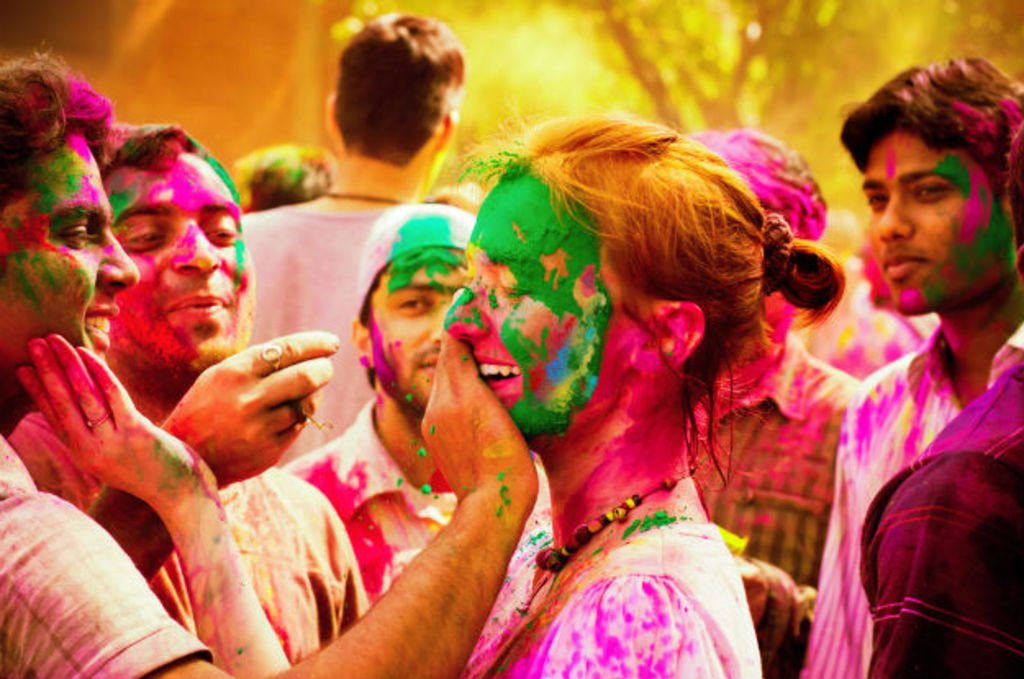
Read More In Details About: Types of Holi celebrated Around India
When Holi is Celebrated?
The exact date of Holi varies every year. The festival is celebrated on the last full-moon day of the winter in the luni-solar calendar used by Hindus. This day falls usually in March or in late February. In 2023, holi will be celebrated on 8th - 9th March.
Also Read About: Top India Festivals Celebrated In March
Why is Holi Called Festival of Colors?
The northern and western part of the India celebrates Holi as the festival of color. Locals specially buy white clothes for this occasion. They spray wet and dry color powders on each other using water guns, water pumps or just buckets. Traditionally, natural colors were used like turmeric, beetroot extract and so on.
Later, chemical based commercial colors of varying hues were sold for this festival. They even have watercolor fight, trying to drench the opponent team in colors. By late morning, the entire population would be in full colors. Usually, shades of pinks are preferred by everyone.
Also Read : Top Festivals and Events in North India
What are the Famous Destinations to Celebrate Holi Festival in India?
1. Mathura and Vrindavan
This is the most cliché color-festival destination in the world situated in the north region of India (Uttar pradesh). The locals gather at Banke Bihari temple and they start the celebration, the day before Holi. On the day before the festival, the celebration starts with rituals and procession. The procession ends at the Holi Gate. On the evening before Holi, locals throw flowers at each other. On the Holi day, locals gather at Dwarkadheesh temple and they throw colors at each other. At the end, they visit Vishram Ghat to receive bhang, a kind of Cannabis drink, which is served legally as religious offering.
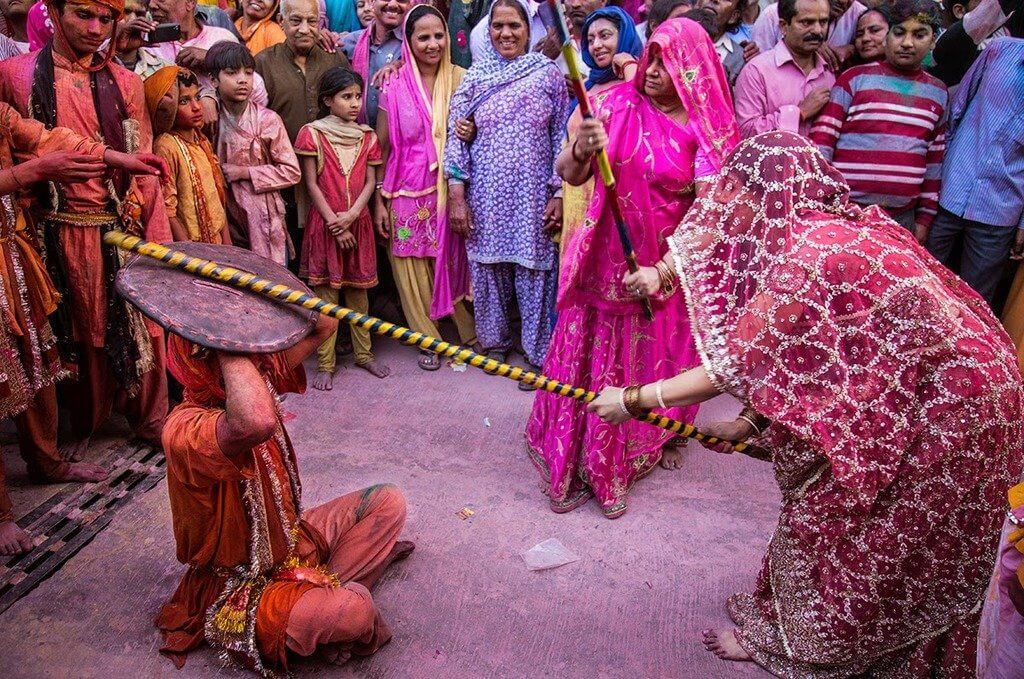
2. Benaras (Varanasi)
The women of Benaras(Varanasi) try to beat men with sticks, while the men try to protect themselves with a shield. A couple of days before the Holi, Laddoo Holi is celebrated. In this celebration, locals throw sweets at each other and sing cultural religious songs about love of Radha and Krishna.
Suggested Tour Packages:
- 7 days – Khajuraho and Varanasi tour
- 15 days – India Nepal Khajuraho Varanasi
- 16 Days – North India with Ganges (Varanasi) Tour
Know More: Best Places to Visit in Varanasi
3. Shantiniketan of West Bengal
This region celebrates Holi as a welcome for spring. This festival takes its pinnacle beauty at Vishva Bharati University. The students dress up in the colors of spring and conduct a grand cultural program. By the end of the cultural program, students throw color powders and water at each other.
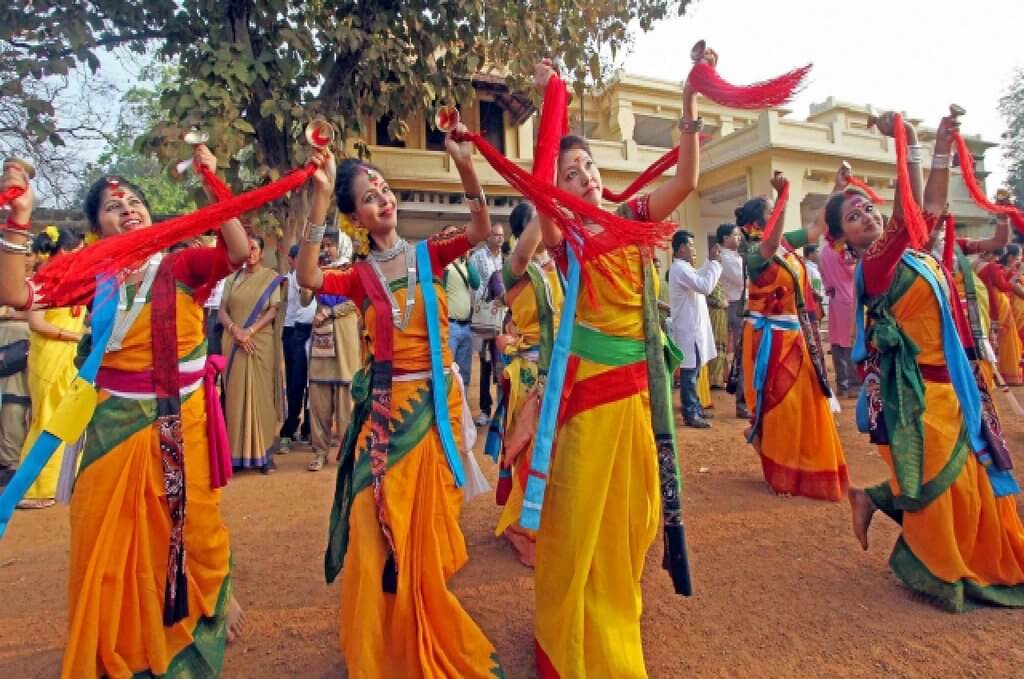
Read on: Top Tourists Spots to visit in West Bengal
4. Purulia District
This tribal-culture region celebrates Holi with folk arts, Natua dance, Chau dance and much more. You can stay in tents and enjoy the local celebration of the spring festival.
5. Punjab
Holi at Anandpur Sahib has a hint of martial arts in it. Instead of showering with colors, the locals express their physical ability. You can find many performances related to martial arts and competitions like sword fights, wrestling, martial arts, acrobatic exercise, turban typing competition and so on.
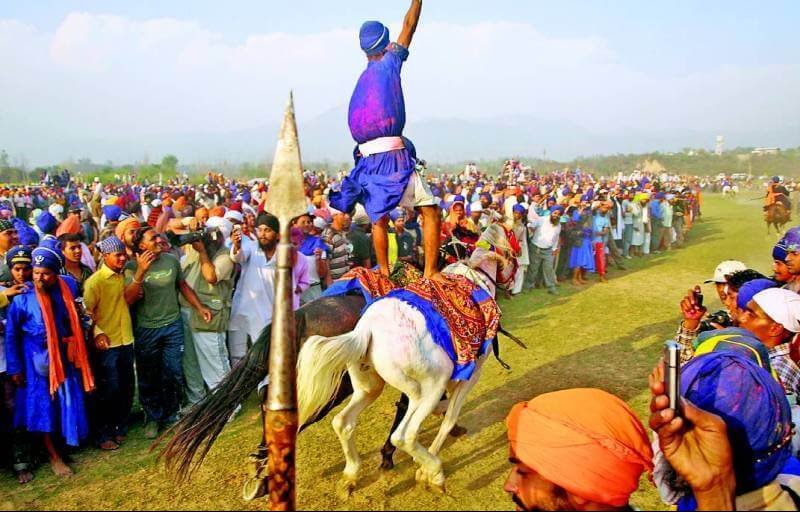
Suggested Tour :
- 10 Days - Golden Triangle Tour with Amritsar
- 12 Days - Amritsar and Rajasthan Tour from Mumbai
6. Udaipur
In Udaipur, locals conduct bonfire on the eve before the festival to ward off the evil spirits around them. The royal family of Mewar joins the bonfire. A large procession takes place from the royal residence to the City Palace. At the end, a large effigy of Holika is burnt to denote the victory of good over evil.
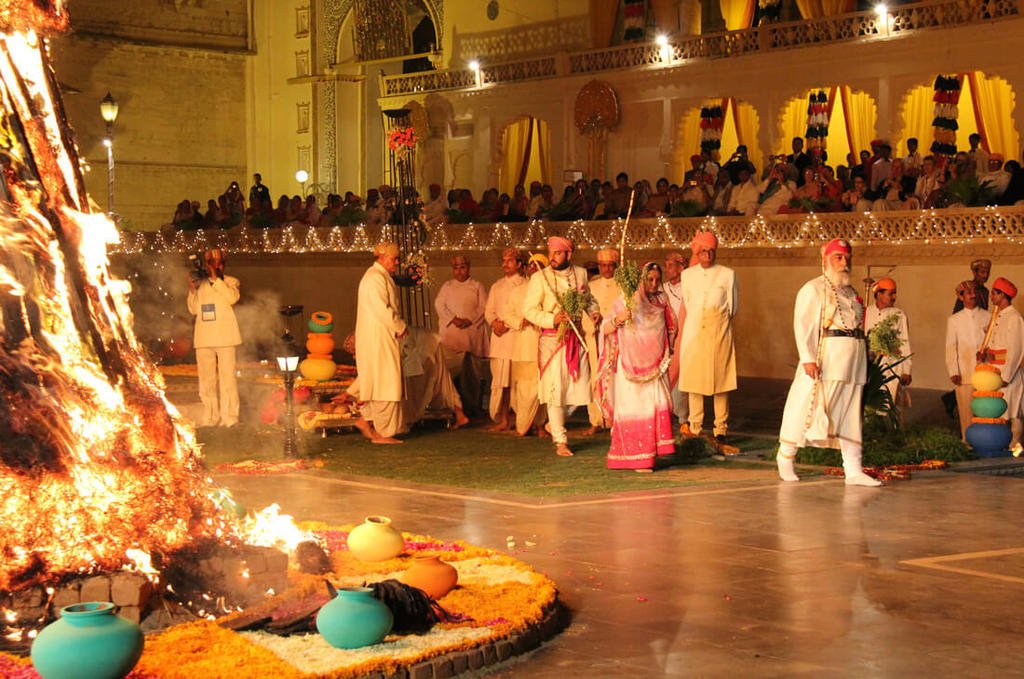
Read on: Top 10 Places to visit in Udaipur
Suggested tour packages
Are you looking for a luxurious way to cover Rajasthan during Holi? Try the luxury trains of the country. For more details, visit India Luxury Trains.
7. Delhi
You will be likely ambushed with colors by strangers. They don’t mind where you are headed or who you are. You can always find people with buckets of powder and color water to drench any living soul they find. You can also find many performances of culture like dance and music at specific destinations in Delhi.
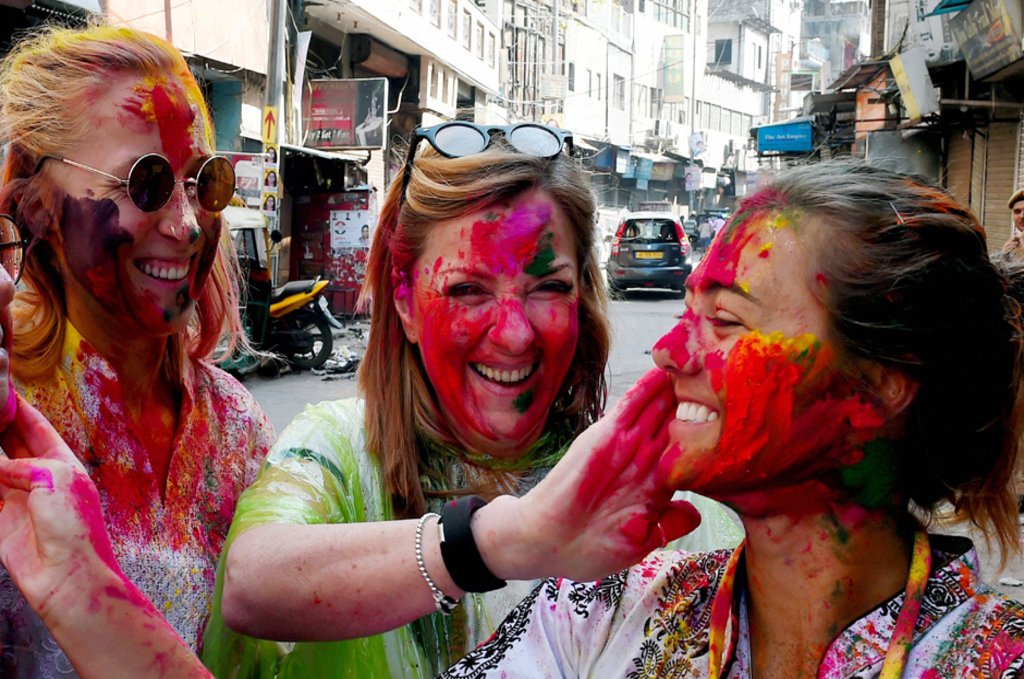
Know About: Top Ten Luxury Resorts Near Delhi For Your Next Trip to India
Suggested tour packages:
8. Jaipur
Jaipur always makes things into a royal emblem. When it comes to Holi, it is time to play with the gigantic mammal. You can drench elephants in colors, draw on them, and enjoy elephant beauty contest, take part in local games and much more in Jaipur (Rajasthan).
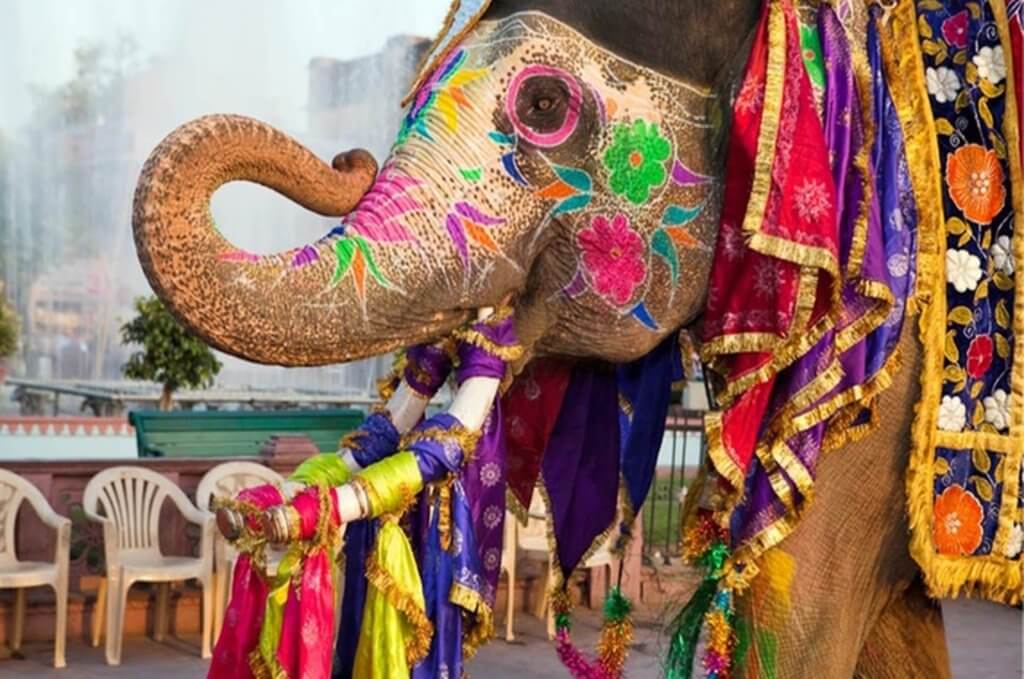
Read on: Magnificent Monuments of Jaipur that you should not miss
Suggested tour packages:
9. Hampi of Karnataka
The festival here is focused on religious rituals. The ancient temples of Hampi(Karnataka) will be decorated and you can find numerous rituals from morning. The entire town joins up in the temples and dance their day off. At the end, colors are sprayed at each other. By evening, the crowd reaches the river to wash the colors off their body.
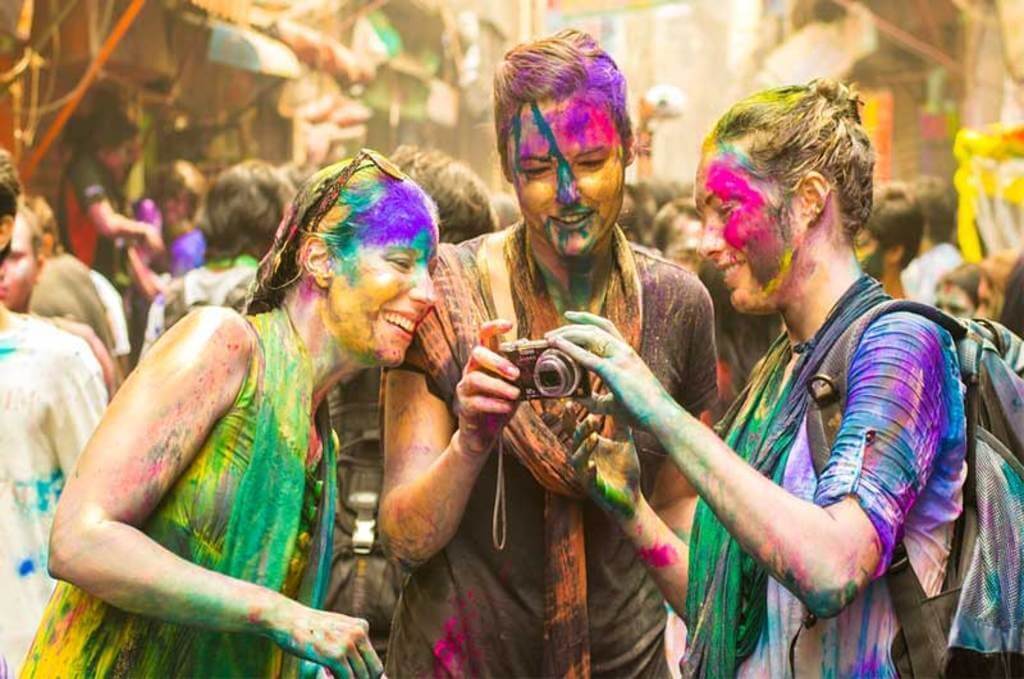
Also Read : 10 Most Popular Festivals of South India
Read on: Top things To Do in Hampi
Suggested tour packages:
Read on: Some More Popular Places to Celebrate Holi Festival in India
Delicacies of Holi – Popular Foods to Enjoy
The main dish to try on Holi is the exotic bhang. Bhang is made from the leaves and buds of cannabis tree and it is turned into a refreshing drink or chewy balls. On Holi, bhang is served as the dish of Shiva. Apart from this, you ought to try the other local sweets and delicacies like
- Puran Poli
- Gujiya
- Ras malai
- Malpua
- Kesari Malai peda
- Bhaang laddoo
- Mattar kheer
- Thandai
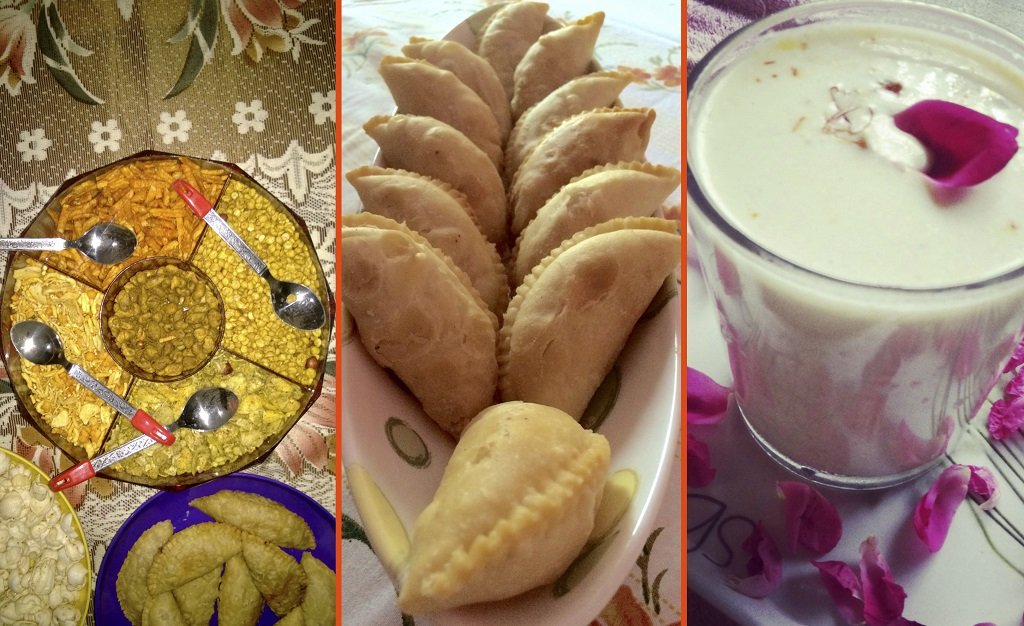
Weather Condition during Holi Festival in India
Since it is the end of winter and beginning of spring, the day is pleasingly warm. The skies are clear and the temperature can range between 17 and 31 degree C. The in-land regions could be a little windy. The central and southern India will have a dry and warm climate during this festival. Rare showers could be possible in some destinations in North India.
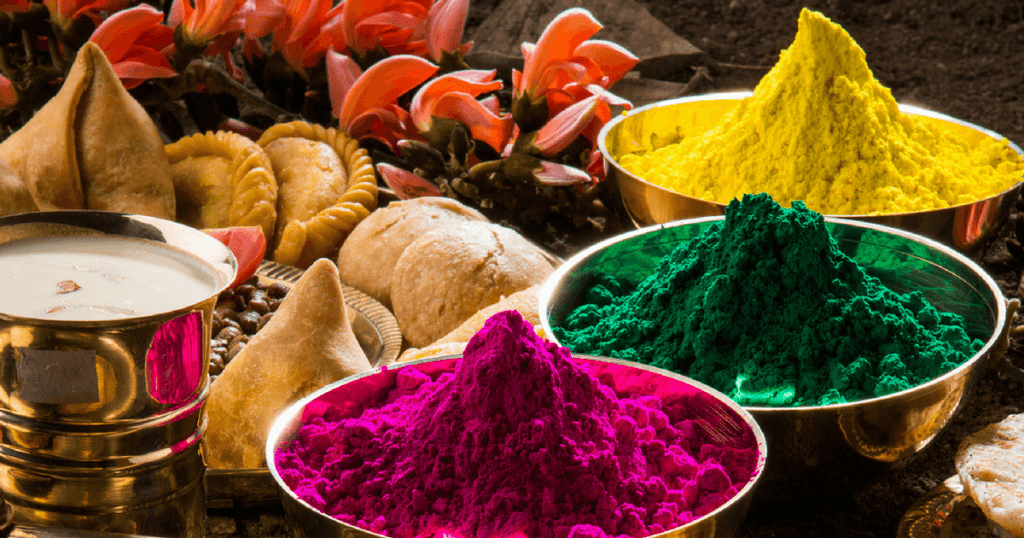
Read on: Average Weather & Climate Changes in March in India
You can also know about the weather conditions, Fairs & Festivals in upcoming months after Holi Festival in India.
What to Shop during Holi?
Holi is the time of celebration. You can find many fairs, exhibitions and markets filled with souvenirs and traditional items. Are you planning a shopping for Holi? Here are the top things to buy.
- Cotton white dresses, which are traditionally worn by locals during color fights
- Water gun or hand pump for colors
- Color packets or bottles of color. If you are eco-friendly, you can find herbal colors or natural colors
- Ritual items
- Assortment of Holi sweets
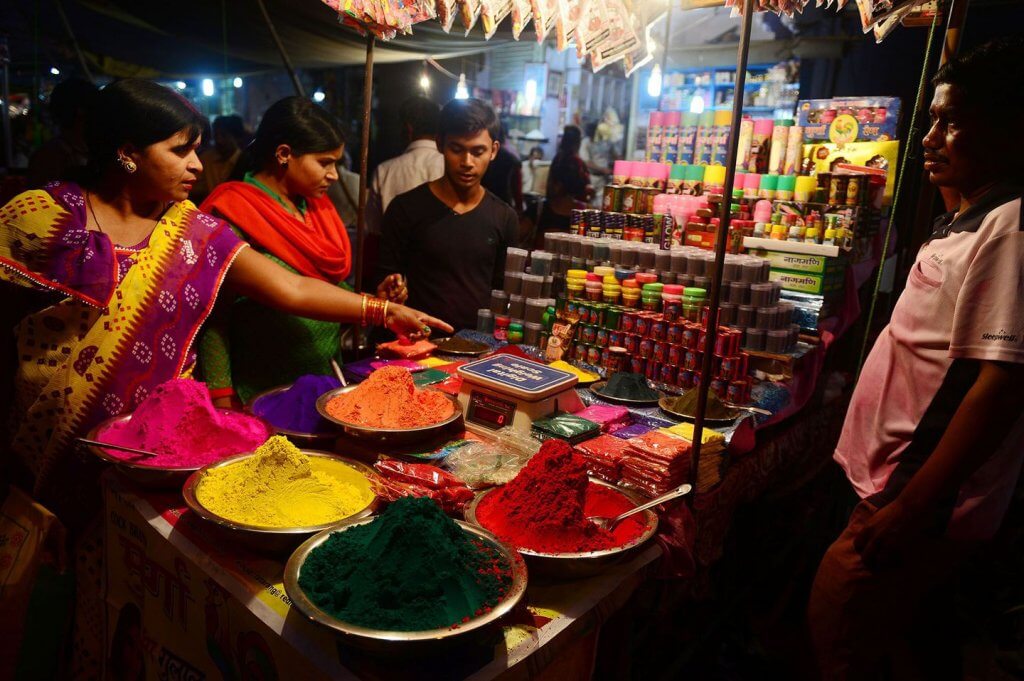
Read on: Best Shopping Destinations in India with Specialties
Top Tips & Precautions for travelers planning to visit India during Holi Festival
- It is the festival of joy and it is best enjoyed in a group. Find local friends or join small communities to enjoy color fights.
- Whether you like it or not, you would be drenched in color water. Avoid wearing costly dresses, watches and keep phones and wallets in waterproof bags.
- Before you leave your hotel room for color fight, cover your skin with oil.
- It is better to stick with North India for color celebration. Other parts of the country do not share the same level of enthusiasm.
- Bhang is similar to alcohol or drug. Go easy on them and do not drive after consuming bhang.
- Use glasses to cover your eyes and caps for your hair. You will be drenched in color from head to toe.


